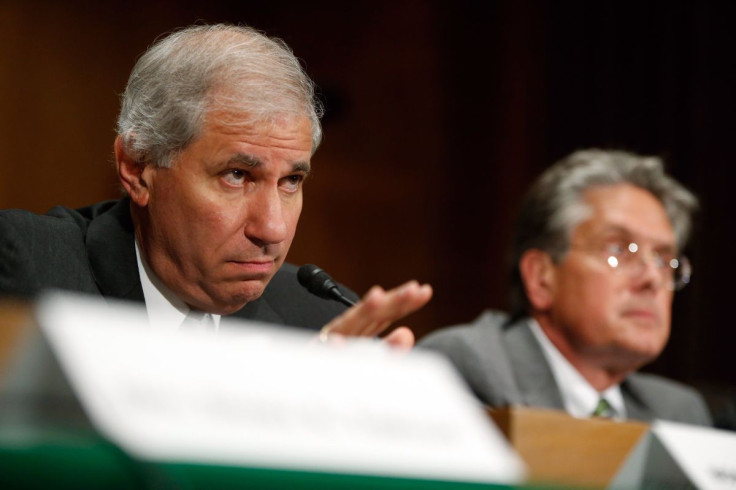U.S. Bank Profits Jump In 2021 As Firms Shed Credit Loss Reserves, FDIC Says

U.S. banks saw their profits jump nearly 90% in 2021 as firms shrank how much money they were setting aside to protect against credit losses, the Federal Deposit Insurance Corporation said on Tuesday.
Banks reported $279.1 billion in profits in 2021, up $132 billion compared to 2020, the FDIC said. The jump was mainly due to economic growth and banks rapidly shrinking their credit loss provision expenses, which dropped $163.3 billion in 2021, it added.
The reduction in credit losses came after banks moved to build up huge cushions in the early stages of the COVID-19 pandemic. But with feared losses not materializing - the FDIC reported noncurrent loan balances were down 3% in the fourth quarter - banks moved to shrink those reserves in 2021 and deploy the funds elsewhere.
The FDIC reported that banks reduced their credit loss provisions across all four quarters of 2021, with that pace slowing in the fourth quarter.
In the fourth quarter of 2021, banks reported $63.9 billion in profits, up 7.4% from the same quarter in 2020, the FDIC said. However, profits were down slightly from the third quarter, falling 8.1% as banks slowed down their aggressive reductions in loss provisions.
A majority of banks reported an annual increase in profits, the FDIC said. Net interest and noninterest income were both up from the third quarter to the fourth.
However, FDIC Acting Chairman Martin Gruenberg cautioned that banks still face a number of headwinds including rising interest rates and geopolitical uncertainty. Gruenberg singled out the fact that higher interest rates could weigh down real estate and impact borrowers' ability to repay, adding that bank supervisors plan to closely monitor those areas this year.
© Copyright Thomson Reuters 2024. All rights reserved.











